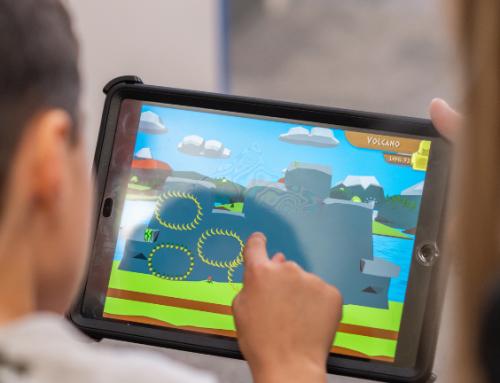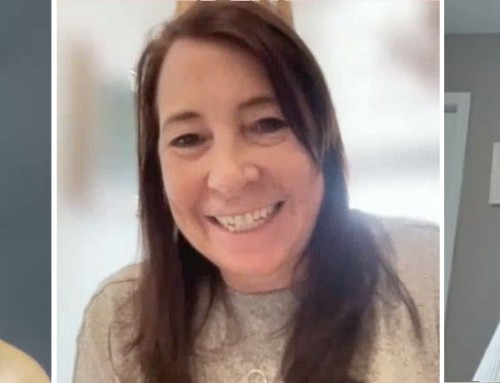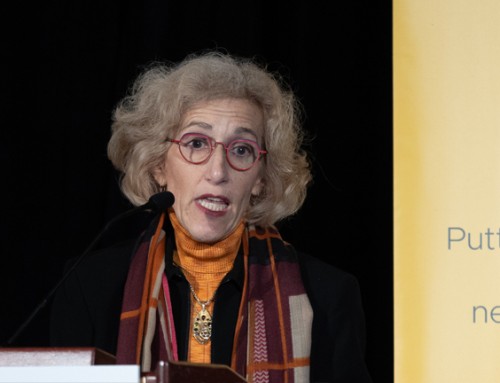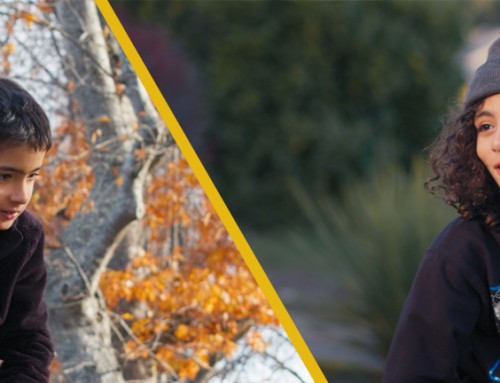Network-Analysis Project Aims to Accelerate Knowledge Translation
On March 3, Dr. Stephanie Glegg (a KBHN researcher ) with Dr. Kristy Wittmeir were awarded an Institute Priority Announcement bridge grant from the Canadian Institutes of Health Research. Their project will map and characterize the current state of the connections within child development and rehabilitation (CD&R).
New research into interventions for childhood development and rehabilitation are ongoing. However, the time gap before new knowledge gets put into practice—if at all—can be astonishingly long.
“Whenever I talk to parents about research, that’s the sticking point,” says Carrie Costello, a parent liaison for the CHILD-BRIGHT research network. “They say, ‘It’s great that we now know that this intervention could be effective. So why isn’t it happening now? Why isn’t our doctor offering it?’ A lot of research projects wrap up without even having a clear plan for how they’re going to change practice. For parents, that’s a source of frustration.”
For this reason, the team they’ve assembled also includes Carrie Costello (CHILD-BRIGHT Parent Mentor), who will act as one of the project’s parent partners. Knowledge translation (KT) has always been one of the critical areas of focus at CHILD-BRIGHT and KBHN. The term refers to efforts to ensure that scientific research has a real-life impact on children and their caregivers. To succeed, KT requires connections and communication between researchers, clinicians and families. These connections can take many forms, from a physiotherapist learning about a relevant study from a podcast to a doctor and parent working together to support a child.
The team will be surveying four stakeholder groups, namely parents, researchers, clinicians and KT specialists. They’ll ask each survey respondent to name up to five people from each of these groups with whom they’ve exchanged knowledge. This data will allow Glegg and Wittmeir to create visual maps of the CD&R network and identify its strengths and gaps. KBHN will contribute to this effort by recruiting its members and contacts to participate.

A simple, small-scale example of a social network graph.
Image by BC Children’s Hospital Research Institute.
“This is new territory,” says Glegg. “We’re already aware of some formal networks, such as KBHN, CHILD-BRIGHT, family-partners-in-research groups and various Facebook groups. And then, we know about the different child-rehab centres across Canada and their affiliated research institutes. But we don’t know if and how they’re all interconnected, or how formal networks might be interacting with informal ones.”
Surveys and interviews will collect intersectional demographic information and open-ended questions designed to identify KT barriers and enablers. For example, rural clinicians may say they’re more likely to attend online conferences than conferences in faraway cities.
Although the next phase of the project has not yet secured funding, Glegg and Wittmeir’s team will develop tailored strategies to leverage the strengths and bridge the gaps of the CD&R network. For example, it could be helpful to identify key actors who are well-placed within the network to effect change. Other strategies could include creating specific new connections or stimulating more interaction within a particular subgroup (e.g. creating a complete public database of KBHN investigators so that people can easily find each other for collaborations). Ultimately, the project aims to enable better KT.
“We want to help ensure that people across the country all have access to the same evidence, expertise, experience and knowledge,” Glegg says. This, Costello adds, “would allow clinicians to provide the best care to children they can, based on the best evidence we have, as quickly as possible. That’s the goal.”
By: Samantha Rideout (Freelance Writer)



